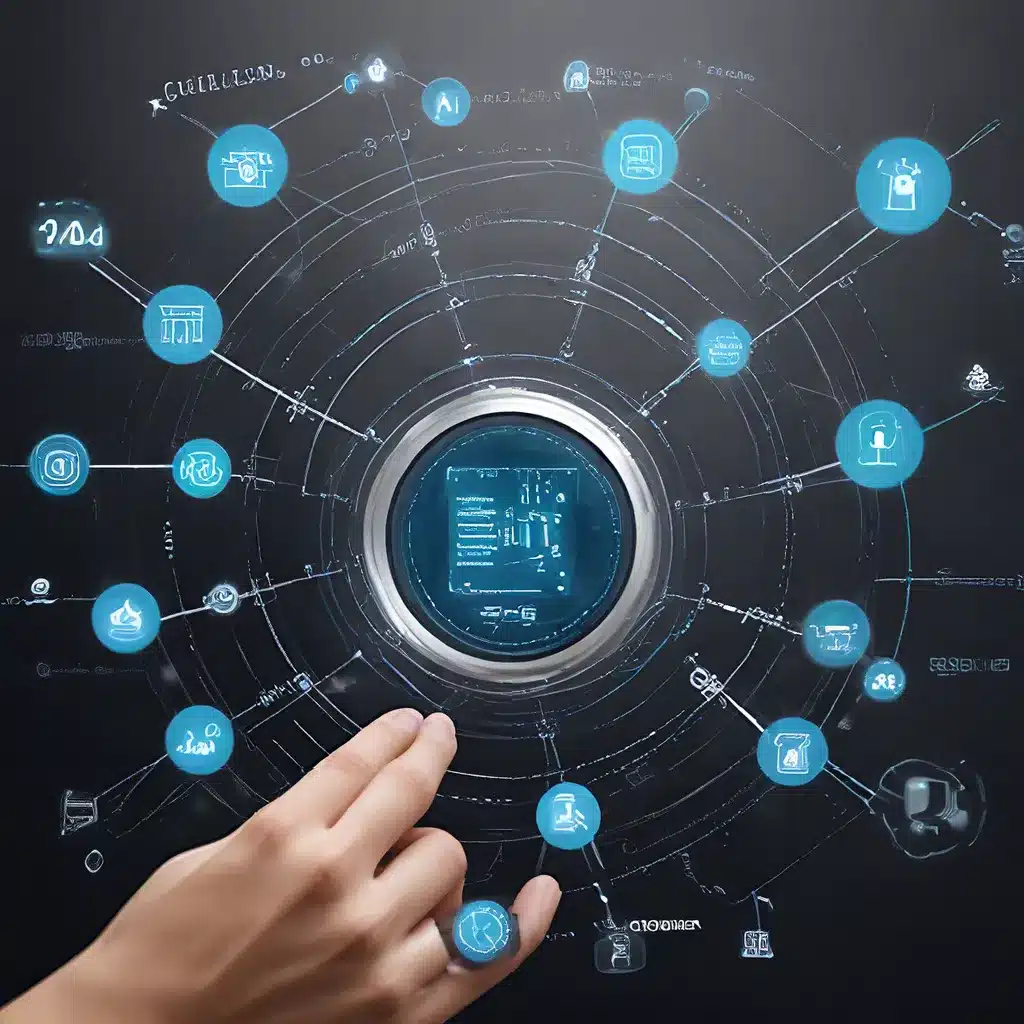
In the rapidly evolving landscape of sensor networks and the Internet of Things (IoT), the integration of emerging technologies has become a key driver for unlocking new levels of efficiency, versatility, and security. As the demand for smart, interconnected solutions continues to grow across industries, understanding the synergies between cutting-edge sensor technologies, data analytics, and energy management strategies is crucial for building robust and future-proof IoT systems.
Navigating the Sensor Network Landscape
Sensor networks form the backbone of modern IoT ecosystems, enabling the collection and transmission of critical data from a multitude of physical and environmental sources. From environmental monitoring and industrial automation to healthcare and smart cities, these interconnected sensor arrays are revolutionizing the way we interact with and derive insights from the world around us.
Recent research has highlighted the growing complexity and diversity of sensor network topologies, ranging from traditional star and mesh configurations to more advanced hierarchical and hybrid architectures. These network designs offer varying levels of scalability, fault tolerance, and data routing efficiency, each catering to the unique requirements of specific IoT applications.
As the number of connected devices continues to skyrocket, the importance of seamless integration and interoperability between sensor nodes, communication protocols, and data management platforms has become paramount. The emergence of standardized protocols like 6LoWPAN, ZigBee, and LoRaWAN has helped to address these challenges, enabling seamless data exchange and device-to-device connectivity across diverse IoT ecosystems.
Harnessing the Power of Data Analytics
The wealth of data generated by sensor networks has unlocked unprecedented opportunities for data-driven insights and predictive analytics. By leveraging advanced machine learning and artificial intelligence algorithms, IoT platforms can extract valuable information from sensor data, enabling real-time monitoring, anomaly detection, and optimization of operational processes.
Emerging edge computing technologies have further empowered sensor networks by bringing data processing and analysis closer to the source, reducing latency, improving security, and minimizing the strain on centralized cloud infrastructure. This decentralized approach to data management aligns with the growing demand for privacy-preserving and energy-efficient IoT solutions.
As the volume and complexity of sensor data continue to escalate, the development of interoperable data formats and open-source analytics platforms has become crucial for unlocking the full potential of sensor networks. Standardized data exchange protocols and cloud-agnostic solutions enable seamless integration across diverse IoT ecosystems, fostering collaboration and innovation in the sensor network domain.
Safeguarding IoT Ecosystems
With the proliferation of interconnected sensor-based systems, the security and privacy of IoT ecosystems have emerged as critical concerns. Cybersecurity threats, such as unauthorized access, data breaches, and malware attacks, pose significant risks to both individual users and enterprise-level IoT deployments.
Innovative security protocols and encryption techniques, including lightweight cryptography and distributed ledger technologies, have been developed to address these challenges. Secure boot mechanisms, hardware-based security, and end-to-end encryption help to safeguard sensor data and prevent unauthorized access to IoT networks.
Moreover, the integration of blockchain and decentralized ledger technologies has introduced new paradigms for secure data management and trusted transactions within IoT environments. By leveraging the inherent security and immutability of blockchain, IoT platforms can enhance data integrity, enable secure peer-to-peer communication, and facilitate transparent and auditable data exchange.
Energy-Efficient IoT Solutions
As the proliferation of connected devices continues to strain global energy resources, the development of energy-efficient sensor network and IoT solutions has become a pressing priority. Advancements in low-power electronics, energy harvesting technologies, and intelligent power management strategies have revolutionized the way IoT systems are designed and deployed.
Ultra-low-power microcontrollers, energy-efficient wireless protocols, and solar, thermoelectric, or kinetic energy harvesting solutions have enabled the creation of self-sustaining and battery-less sensor nodes, reducing the environmental impact and maintenance costs associated with IoT infrastructure.
Furthermore, the integration of adaptive duty cycling, dynamic voltage scaling, and sleep mode optimization algorithms has empowered sensor networks to intelligently manage their energy consumption, optimizing battery life and operational efficiency for diverse IoT applications.
The Future of Sensor Synergies
As the sensor network and IoT landscape continues to evolve, the integration of emerging technologies will play a pivotal role in driving innovation and unlocking new possibilities for enhanced connectivity, data analytics, security, and energy management.
Leveraging the synergies between sensor networks, edge computing, blockchain, and energy harvesting will enable the development of resilient, scalable, and sustainable IoT ecosystems that can adapt to the ever-changing demands of industries, smart cities, and connected living.
By embracing these transformative technologies, the sensor network and IoT community can pave the way for a more efficient, secure, and environmentally conscious future, where sensor synergies drive innovative solutions and unlock new frontiers of human-technology collaboration.
Explore the possibilities at https://sensor-networks.org/, a leading resource for cutting-edge insights and industry-shaping developments in the realm of sensor networks and the Internet of Things.